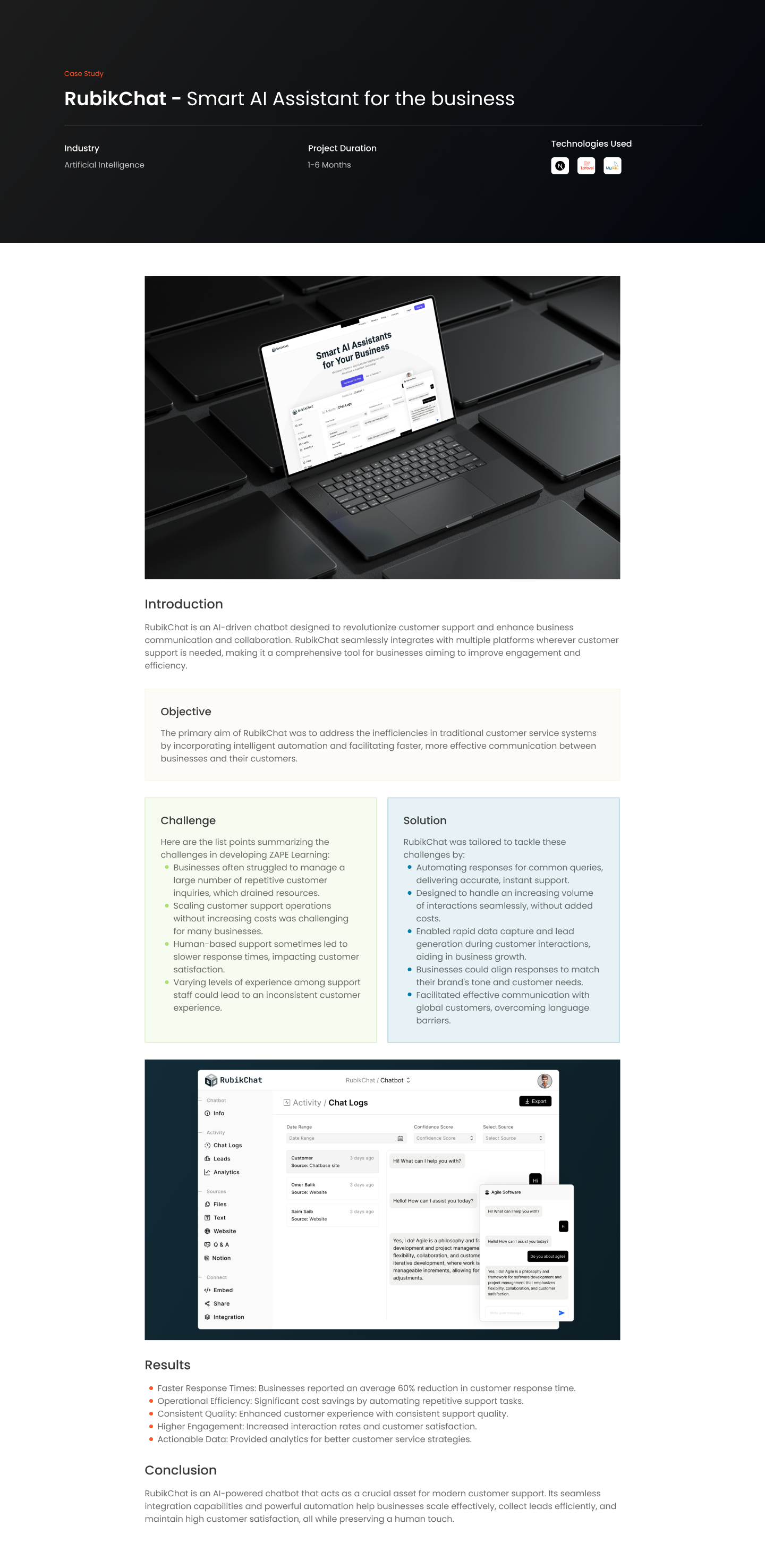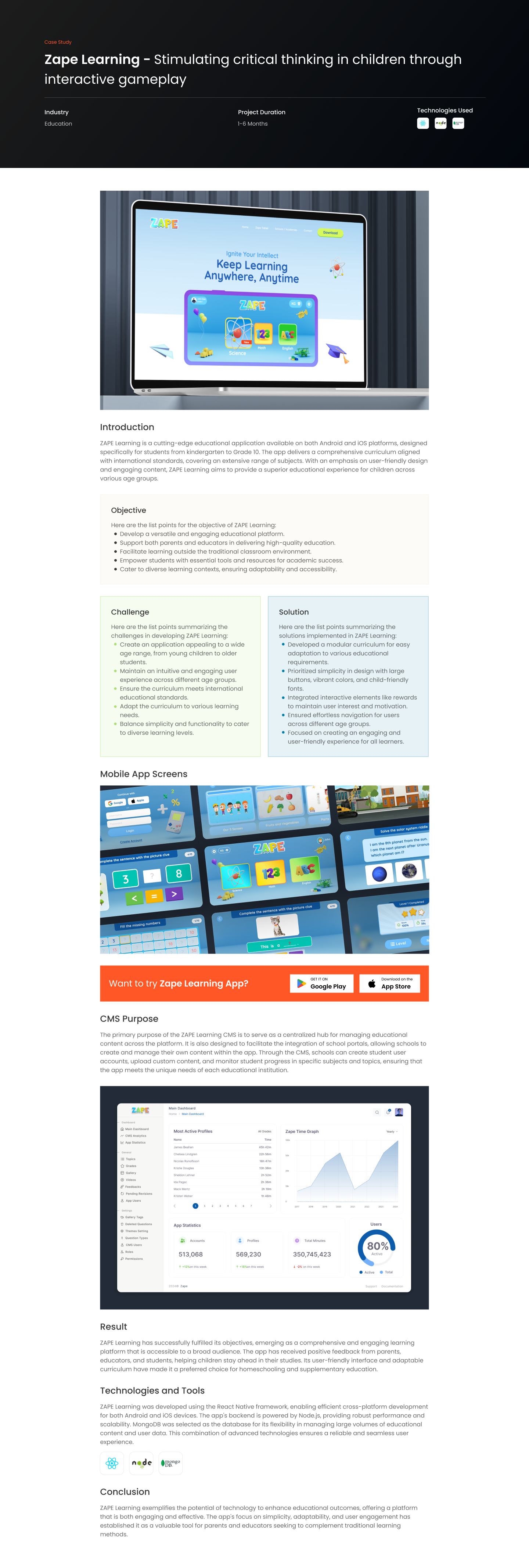Introduction
The software development industry is witnessing a significant shift with the rise of low-code and no-code platforms. These platforms enable users, even those with little to no coding experience, to create applications quickly and efficiently. As businesses strive for digital transformation, low-code and no-code solutions are becoming increasingly popular. This blog explores the latest trends in this space, highlighting their benefits and potential impact on the future of software development.
What Are Low-Code and No-Code Platforms?
Low-code and no-code platforms provide visual development environments that allow users to build applications through drag-and-drop interfaces and pre-built templates. These platforms reduce the need for extensive coding knowledge, democratizing app development and enabling business users to create custom solutions tailored to their specific needs.
- Low-Code Platforms: These require some basic coding knowledge and are designed to speed up the development process for professional developers by automating repetitive tasks.
- No-Code Platforms: These are designed for non-developers, offering intuitive interfaces that eliminate the need for any coding.
Key Trends in 2024
1. Increased Adoption Across Industries
The adoption of low-code and no-code platforms is on the rise across various industries, including finance, healthcare, retail, and education. Businesses are leveraging these platforms to create custom applications that streamline operations, improve customer experiences, and drive innovation.
2. Integration with AI and Machine Learning
Many low-code and no-code platforms are now integrating AI and machine learning capabilities, allowing users to build smarter applications. These integrations enable features like predictive analytics, natural language processing, and automated decision-making, enhancing the functionality of applications created on these platforms.
3. Focus on Security and Compliance
As the use of low-code and no-code platforms grows, so does the emphasis on security and compliance. Platform providers are enhancing security features to ensure that applications built on their platforms comply with industry standards and regulations. This includes data encryption, user authentication, and regular security audits.
4. Expansion of Ecosystems and Marketplaces
The ecosystem around low-code and no-code platforms is expanding, with providers offering marketplaces for third-party plugins, templates, and components. This expansion allows users to extend the functionality of their applications easily and integrate with other software and services.
5. Empowering Citizen Developers
One of the most significant impacts of low-code and no-code platforms is the empowerment of citizen developers—business users who can create applications without relying on professional developers. This shift is fostering innovation within organizations, as those closest to business problems can develop solutions quickly and effectively.
Benefits of Low-Code and No-Code Development
- Accelerated Development Cycles: These platforms significantly reduce the time required to develop and deploy applications, enabling faster time-to-market.
- Cost Savings: By reducing the need for extensive coding and professional developers, businesses can save on development costs.
- Enhanced Flexibility: Users can easily modify and update applications as business needs evolve.
- Improved Collaboration: These platforms facilitate better collaboration between IT and business teams, ensuring that applications align closely with business objectives.
Challenges and Considerations
While low-code and no-code platforms offer numerous benefits, there are also challenges and considerations to keep in mind:
- Scalability: Some platforms may have limitations when it comes to scaling applications for large user bases or complex functionalities.
- Customization: While these platforms offer a high degree of customization, they may not always provide the same level of flexibility as traditional coding for highly specialized requirements.
- Security Risks: Ensuring that applications built on these platforms are secure and comply with industry regulations is crucial.
Conclusion
The rise of low-code and no-code platforms is transforming the software development landscape, making it more accessible and efficient. As these platforms continue to evolve, they will play a critical role in driving digital transformation across industries. By understanding the benefits and challenges, businesses can leverage these tools to innovate and stay competitive in the rapidly changing technological landscape.











